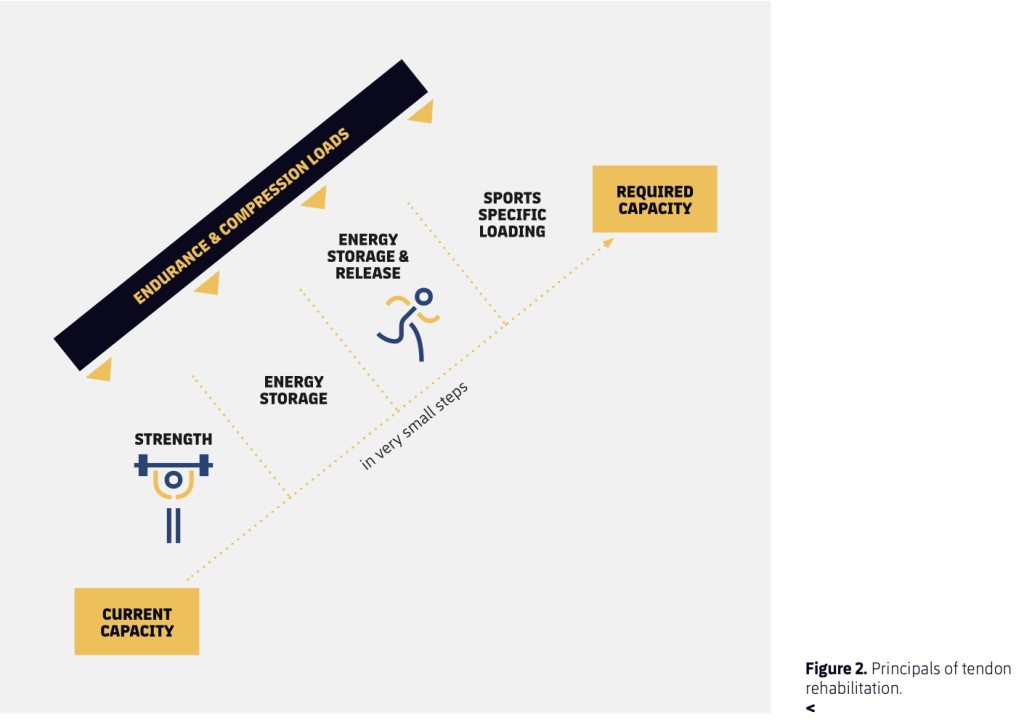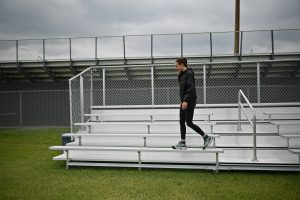Your mini guide to Tibialis Posterior Tendon pain
Step into a pain-free sport with the HanPhysio Tib Post Injury rehab program – every stride is a step towards your goals.
Start with this guide if you are having pain in your arch or inside of your ankle – it could be the tib post tendon.
What is the tibialis posterior tendon and muscle?
‘Tib post’ is the short terminology for the muscle called tibialis posterior.
- located in the deep compartment of the lower leg
- attaches from the lower leg bones to under the foot, there are multiple attachments sometimes differing with different people but mainly attaches to the navicular bone in the arch of the foot
- it helps with plantarflexion and inversion of the ankle/foot complex – so pointing and inwards movement of the foot
- it also stabilizes the arch of the foot
What is posterior tibialis tendon dysfunction?
PTTD is what this condition has been abbreviated to in a lot of literature.
Tendinopathy is used to explain a pathology or changes to the tendon. It is usually a degenerative condition, not marked specifically by inflammation which is why it is not called tendinitis anymore.
“Dysfunction” occurs when the tendon is causing pain and changes within the walking patterns or activity levels of an individual. The tibialis posterior tendon often elongates and cannot support the arch during pronation (flattening) and supinating (rising) of the arch of the foot during most activities.
Signs and Symptoms
This might be noticed:
- first with just long days on your feet
- or during running
As the condition progresses, some individuals might have:
- swelling at the inside of their ankle where the tendon wraps under the bone before attaching to the bottom of the foot
- Pain with walking and weightbearing can occur at different intensities for each person
What causes this injury?
Like most tendon injuries, it is often:
- too much too soon
- repetitive overuse injury, meaning a lot of the exact same thing
Injuries are always multi-factorial and can have other factors like past injuries, environment and circumstances playing a role.
Some studies have found other risk factors to include:
- high BMI
- Leg length discrepancy
- weak hip and ankle muscle performance
- poor balance
What is the recovery timeline?
This is a stubborn injury and can take time. Tendon remodeling up to 12 months. It does not mean you will be in pain for a year, however, maintaining exercise rehab will be key. It is advised to follow a program for a minimum of 12 weeks.

What role does injury rehab play in this specific injury?
You will be progressed through pain relieving exercises while being shown how to keep doing strength training. You will work towards tendon loading specifically that works on absorbing and releasing energy in higher impact activities like running and jumping.

What is the best way to treat and recover from a tibialis posterior tendinopathy?
While there isn’t a specific set of guidelines in the literature regarding the best treatment for tib post tendinopathy, we can follow rehab principles that start with the end in mind (the Activity or goal of the patient) and regress backwards to the current level of function (in the Acute stage).
From there, a physiotherapist can prescribe and plan a gradual rehab program with targeted exercises will provide you with the pain management and staged progressions needed to return to your activities.
The Tib Post Tendinopathy injury rehab program that I provide on Ripple is based on the numerous patients I have helped guide through this injury. The program follows the 4 rehab phases:
- Acute – pain management, monitoring swelling and low impact exercises
- Foundations – building arch and calf strength with an introduction to more single leg weightbearing
- Strength – single leg strength and an introduction to plyometrics
- Return to activity – single leg plyometrics and continued strength building
References:
- Cook, Rodas, et al. “Tendon Injuries in Football Players: FC Barcalona 2021 Tendon Guide.” The diagnosis and management of lower limb tendinopathy. Barca Innovation Hub. (2021).
- Kulig, Kornelia, et al. “Nonsurgical management of posterior tibial tendon dysfunction with orthoses and resistive exercise: a randomized controlled trial.” Physical Therapy 89.1 (2009): 26-37.
- Rhim, Hye Chang, et al. “Characteristics and Future Direction of Tibialis Posterior Tendinopathy Research: A Scoping Review.” Medicina 58.12 (2022): 1858.
- Robinson, David, et al. “Nonsurgical approach in management of tibialis posterior tendinopathy with combined radial shockwave and foot core exercises: A case series.” The Journal of Foot and Ankle Surgery 59.5 (2020): 1058-1061.
- Ross, Megan H., et al. “Exercise for posterior tibial tendon dysfunction: a systematic review of randomised clinical trials and clinical guidelines.” BMJ Open Sport—Exercise Medicine4.1 (2018).


